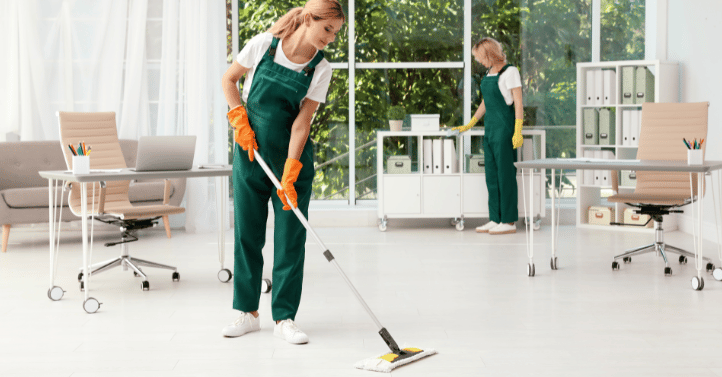Sales of floor care products have started to rebound in 2021 and 2022 after experiencing sharp declines in 2020. On the contrary, sales of hand care products came down slightly in 2021 and are expected to continue this path. Similar shifts occurred within specific end users. In general, healthcare facilities have seen increased demand for I&I cleaning products, particularly surface and hand care, which grew steadily from 2020 through 2022. However, the impact of high inflation and a looming recession continues putting pressure on cleaning contractors as potential customers look to save external costs and handle cleaning with the help of their own staff.
Supply chain challenges continue to occur but are less severe than during the height of the pandemic. Labor shortages are now the key challenge being felt throughout the whole value chain for I&I cleaning, impacting raw material suppliers, manufacturers, logistics/distribution, and end users who have less staff to keep facilities clean. This has led to increased demand for products that offer time efficiency, including multipurpose cleaning products, extended-release disinfectants, automation, and increased training of cleaning staff.
Maintaining hygienic surfaces is another challenge due to the easy recontamination of surfaces despite regular disinfection. Recent innovations in infection control include continuously active disinfectants that kill microbes and prevent the growth of harmful biofilm on surfaces over time. Improvements in protocols using continuously active disinfectants (CADs), specifically in the healthcare and foodservice industries, are considered a great opportunity.
Sustainability continues to be a key focus in the industry, with end users having a growing interest in suppliers’ efforts to reduce the overall environmental impact on their manufacturing and distribution processes (chemical production, water and energy consumption, and waste reduction). Key examples of initiatives that suppliers are taking include recyclable or recycled-content containers and boxes, concentrated products that use less packaging and less water, electrification of delivery vehicles, and increased use of renewable energy in factories. As competition in the market increases, suppliers with sustainable solutions have the potential to differentiate themselves.
Our research on Janitorial and Housekeeping Cleaning Products USA continues, and we are currently underway with a detailed, structured survey of over 1,000 end-use decision makers to assess product usage, preferences, spending habits and shifts, from where they tend to buy, their online buying habits, and the impact of labor shortages and inflation on their businesses. The full report will be published this fall.

